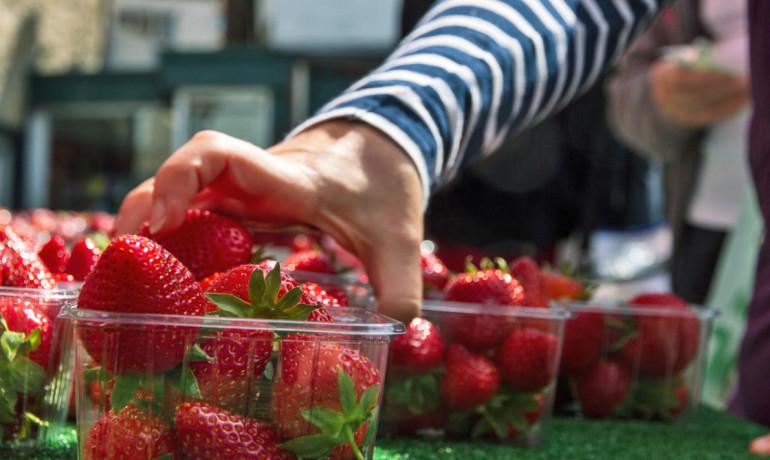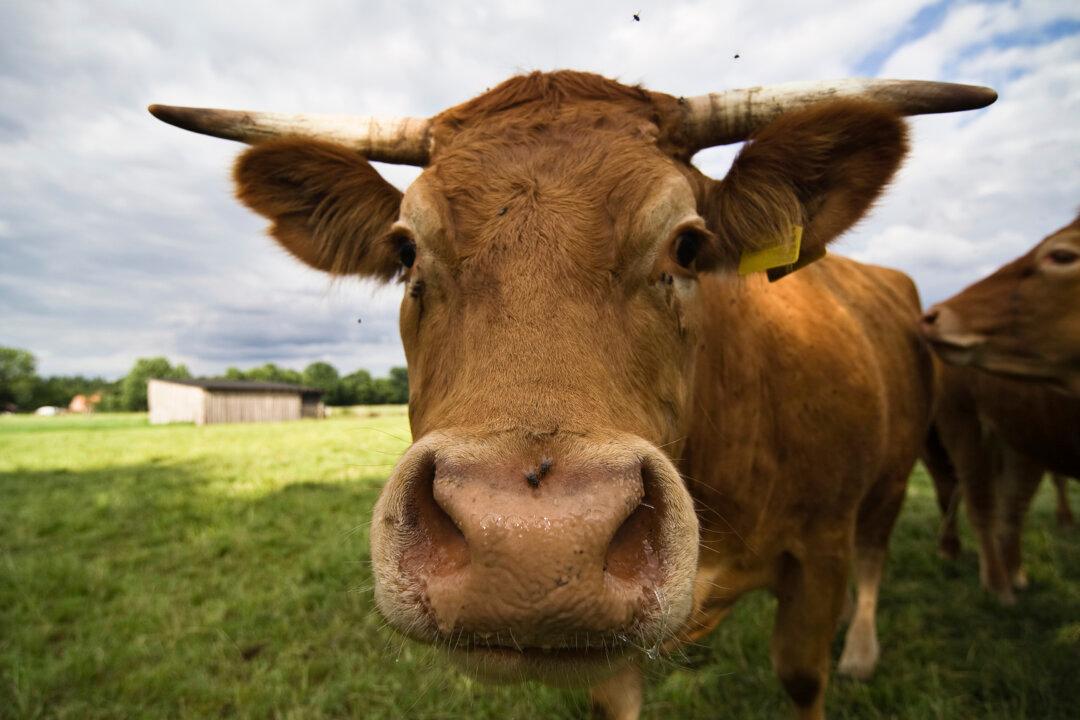The “slow money” movement seeks to match locally produced and environmentally friendly food and artisanal products and services with fresh capital investment.
The growing philosophy embraces environmental and social benefits in addition to financial gains, says Priyanka Jayashankar, an adjunct assistant professor of management at the Iowa State University and lead author of the study.
“It’s about bringing money back into the soil and making sure capital is circulating locally,” Jayashankar says. “The idea is to not let the capital circulate so far or so fast as in more traditional investment plans.”
Triple Bottom Line
Slow money derives its name from the “slow food” movement, an alternative to fast food that promotes local ingredients, Jayashankar says. Investors following the slow money model embrace what she calls a “triple bottom line.” That means environmental and social benefits drive investment as much as profit does.



